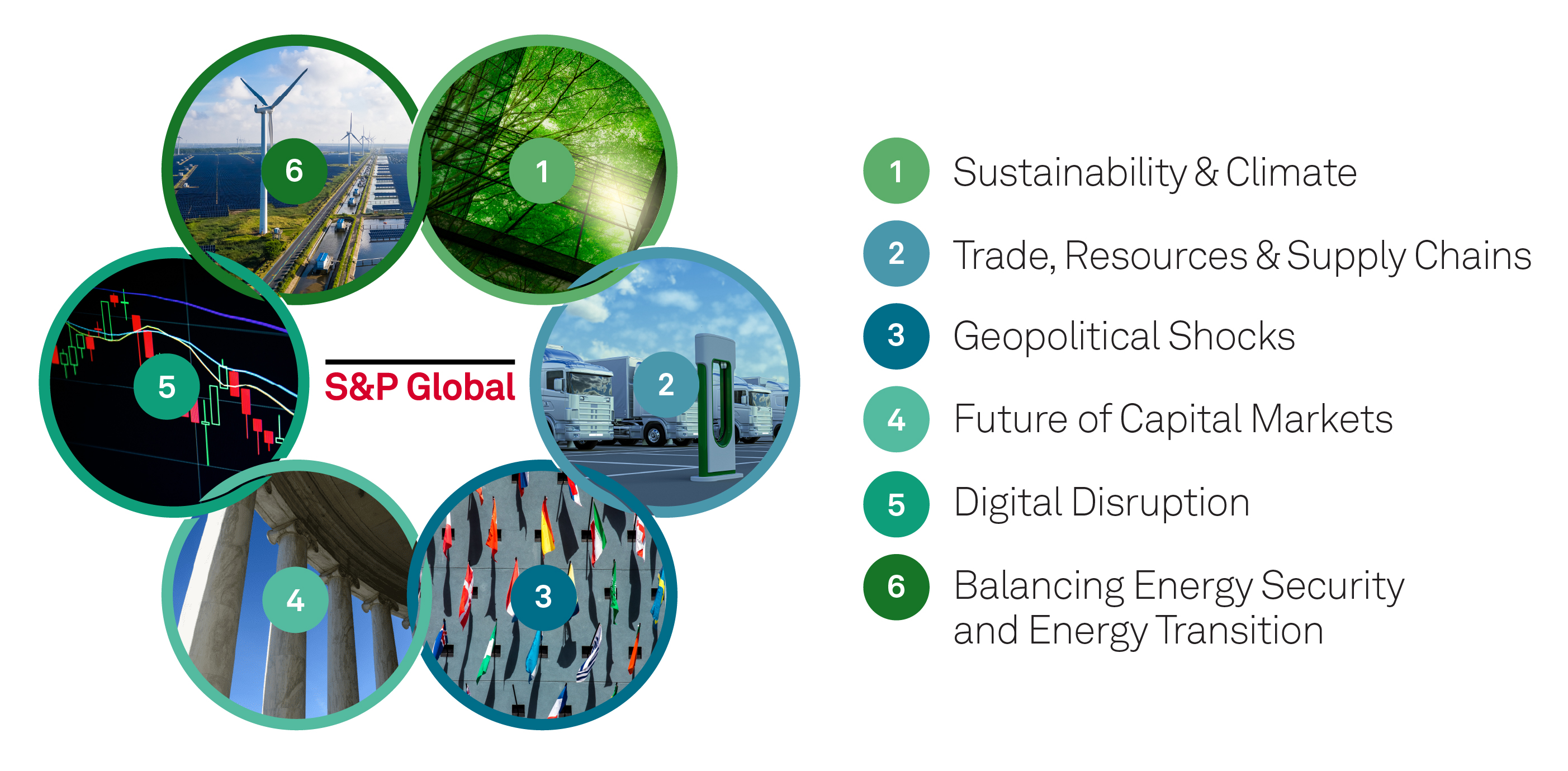S&P Global Offerings
Featured Topics
Featured Products
Events
S&P Global Offerings
Featured Topics
Featured Products
Events
S&P Global Offerings
Featured Topics
Featured Products
Events
S&P Global Offerings
Featured Topics
Featured Products
Events
Language
Featured Products
Ratings & Benchmarks
By Topic
Market Insights
About S&P Global
Corporate Responsibility
Diversity, Equity, & Inclusion
Featured Products
Ratings & Benchmarks
By Topic
Market Insights
About S&P Global
Corporate Responsibility
Diversity, Equity, & Inclusion

This is India’s moment. How the country’s governments, business community and civil society meet expectations now—and over the coming decade—will have implications not just for India, but also for the rest of the world.
Published: August 3, 2023
By Deepa Kumar, Dr. Lindsay Newman, Atul Arya, and Paul Gruenwald
Highlights
In this journal:
India’s Future: The Quest for High and Stable Growth
India’s Demographic Dividend: The Key to Unlocking Its Global Ambitions
Cooperation and Competition: India’s Evolving Center-State Dynamics
India’s Energy Transition: More Energy, Fewer Emissions
Bigger and Greener: The Changing Landscape of Indian Mobility
'Make In India' Manufacturing Push Hinges on Logistics Investments
Future Farming: Agriculture’s Role in a More Sustainable India
Unlocking India’s Capital Markets Potential
Startups Riding Digital Infrastructure Could Transform Indian Economy
With Physical Climate Risks Increasing in India, Adaptation Strategies Take Priority
As the world finds itself in the midst of disruption, everyone is watching India.
The country is chairing the G20 under the slogan "One Earth, One Family, One Future,” reflecting how the years ahead will be defined by shared global challenges including economic growth, climate risk, the energy transition, trade relationships, disruptive technologies and pandemics.
Countries across the development and political spectrum are adopting pragmatism to navigate the heightened risks and expanded opportunities of the next decade. Following this trend, India will cooperate across spheres of mutual interest and compete where national interests collide. To rise to this moment, India has set ambitious targets for itself — both in the domestic arena and on the global stage.
At home, India’s realized and unrealized potential will continue to reflect the successes and prospects of its diverse states and their relationship with the constitutionally strong central government. The macro challenge in the decade ahead will be to achieve sustained high, stable and inclusive growth, which has thus far been elusive.
On the global stage, India hopes to be a guiding force for emerging economies on the journey toward net-zero emissions. Developing countries will be watching as India tries to balance the goals of achieving high growth and of reducing the carbon intensity of its economy.
India will need to adeptly utilize both multilateral and bilateral relationships. It will rely upon established and diverse multilateral affiliations, such as the Quadrilateral Framework, BRICS, the G20 and the UN Framework Convention on Climate Change, to transition from being a "balancing power” to being a "leading power.” The country will also leverage emergent bilateral trading relationships, including with the US and Australia, as well as countries in the Middle East and Africa.
A paramount test will be whether India can become the next big global manufacturing hub, an immense opportunity. Developing a strong logistics framework will be key in transforming India from a services-dominated economy into a manufacturing-dominant one. Unlocking labor market potential will largely depend upon upskilling workers and increasing female participation in the workforce. Success in these two areas will shape India’s ability to realize its demographic dividend, particularly with the population projected to grow over the next decade. A booming domestic digital market could also fuel expansion in India’s high-growth startup ecosystem in the decade ahead, especially in financial technology and consumer technology. In the automotive sector, India is poised for growth, building on infrastructure, investment, innovation and inclusiveness.
This edition of S&P Global’s Look Forward journal shines the spotlight on India and its potential over the coming decade as the country contends with multiple overlapping transitions. With the world eagerly watching India navigate multidimensional changes in economics, energy, logistics, technology and demographics, the future rests on the shoulders of its people.

This article was authored by a cross-section of representatives from S&P Global and in certain circumstances external guest authors. The views expressed are those of the authors and do not necessarily reflect the views or positions of any entities they represent and are not necessarily reflected in the products and services those entities offer. This research is a publication of S&P Global and does not comment on current or future credit ratings or credit rating methodologies.

